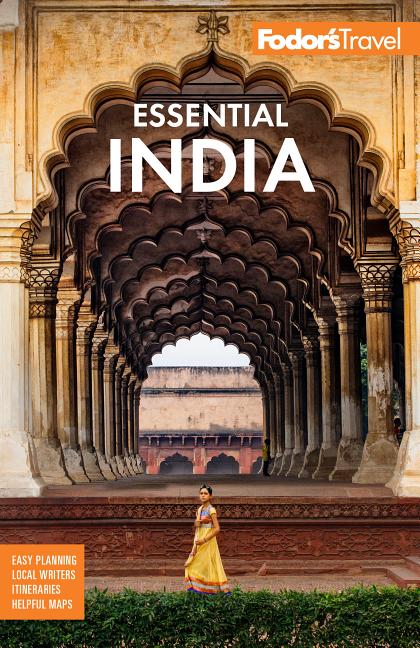Getting Oriented
India's wildly colorful, loud capital radiates from the broad avenues of its British-built center, its sprawl circumscribed by several concentric roads. The suburbs to the south are the most relevant for the first-time visitor. And just north of Central Delhi, the compact, dense Old City has its own internal warren of neighborhoods. Lodhi Road is a good demarcation between Central and South Delhi. Delhi is part of the 12,965-square-mile (33,579-square-km) National Capital Region, which packs in more than 22 million people as well as satellite cities (like the outsourcing hub Gurgaon) dotted with luxury high-rises and malls, in neighboring states.
- Old Delhi. Anchored by Lal Qila (the Red Fort) and Jama Masjid, India's largest mosque, the walled Old City (originally called Shahjahanabad) provides the best glimpse into the city's treasured Mughal past, with a chaotic mix of colors and scents that stir the senses. Narrow, winding lanes branch off the main avenue, Chandni Chowk, crowded with wholesale markets, ancient shops, hidden monuments, and crumbling havelis (mansions).
- Central Delhi. With the India Gate memorial at its heart, the capital built in interlocking circles by the British is now home to government buildings, parks, upscale markets, and the low-lying bungalows of the country’s most powerful citizens.
- South Delhi. The suburbs to the south of Central Delhi include semi-gated residential colonies, markets, and commercial districts. Here, too, are some of the oldest monuments in the capital, lovely parks, and charming locales such as Hauz Khas Village. It also has many of Delhi's can't-miss sites, including Humayun's Tomb and the Qutub Minar.




